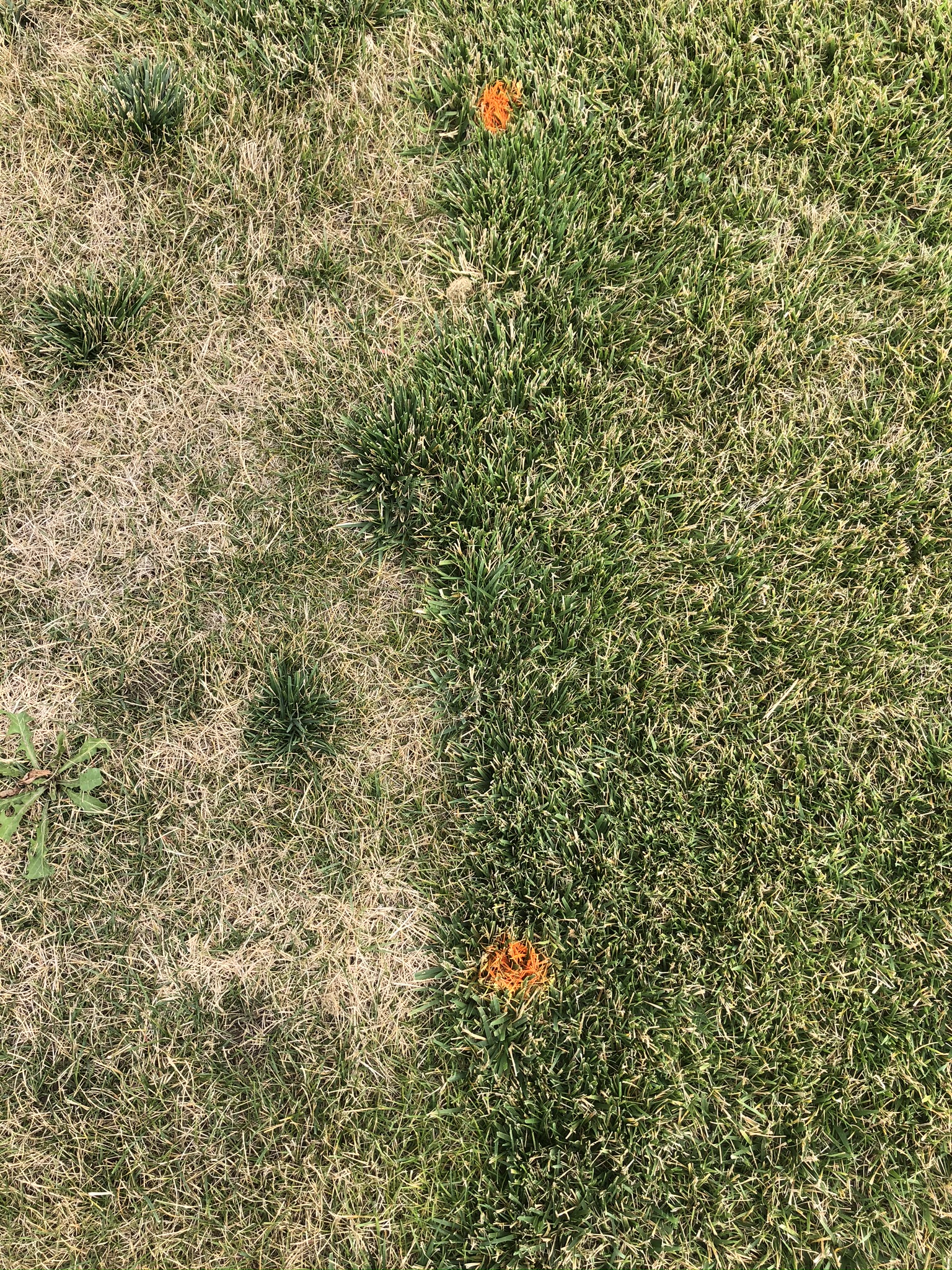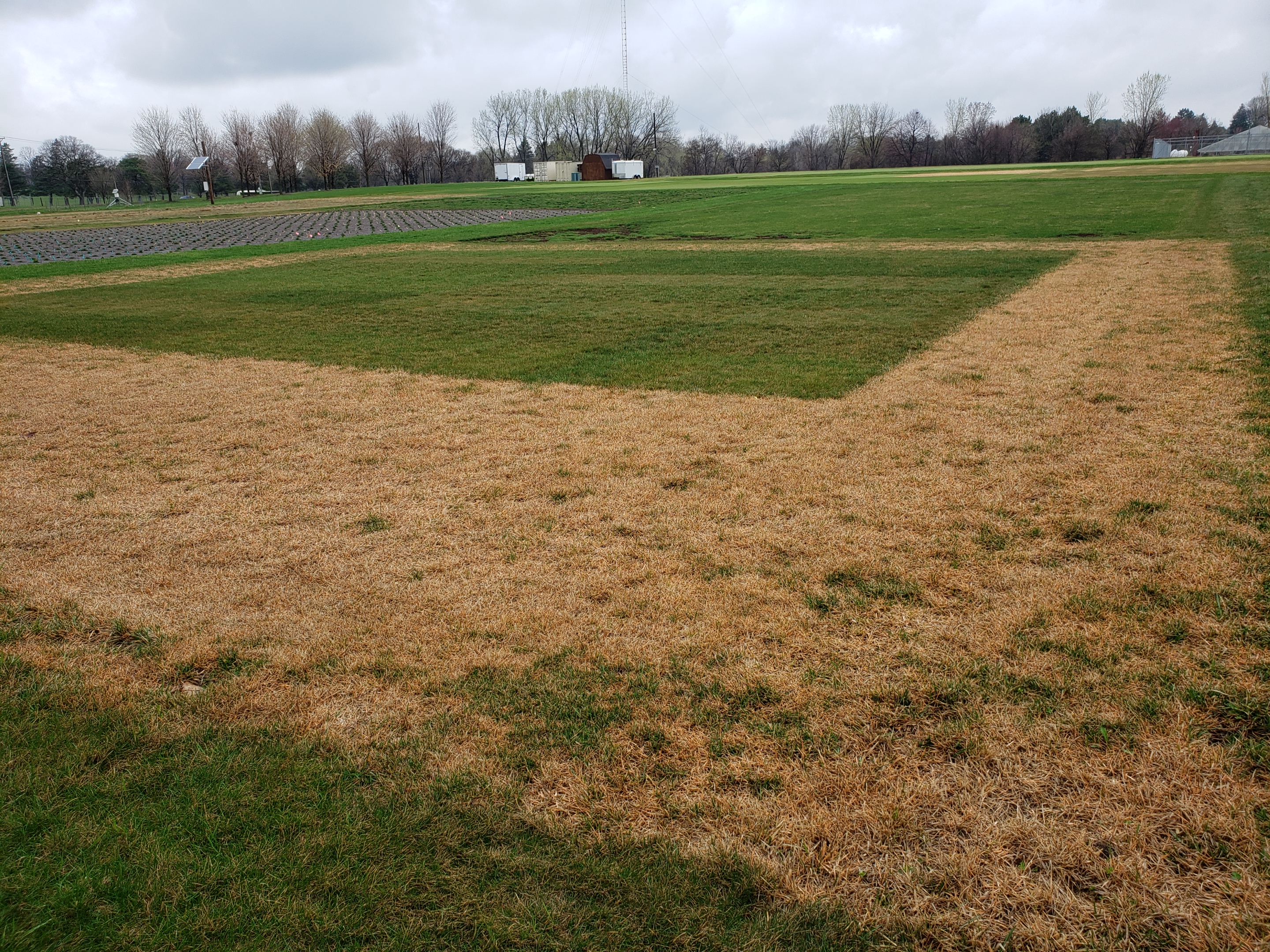By Eric Watkins
A combination of factors, including increased demand and difficult growing conditions in the Pacific Northwest, have led to a limited turfgrass seed supply. Andrew Hartsock wrote a very good overview of the situation in September for Golf Course Management. Things are so bad, that even ‘Boreal’, of “worst fine fescue” fame, is struggling to fill those glossy seed bags at the hardware store.
For many turfgrass managers, grass seed supply has been an issue they have already had to deal with. For those looking for lawn seed this spring, you may not be able to find the grass you had hoped to use. One species that seems to be readily available (at least for now) is turf-type tall fescue. This grass hasn’t been used very much in Minnesota, but newer cultivars present good aesthetics while requiring very little irrigation--during the drought of 2021, tall fescue held up better than any other turfgrass at our research center (Figure 1).
Tall fescue has three primary limitations when used in Minnesota:
- Spring green up: This is perhaps the most noticeable--tall fescue lawns do not green up nearly as early as lawns planted with other species. This delay, which can be counted in weeks, not days, can be a problem for areas where spring use is important. One way to get around this problem is to mix tall fescue with a small amount of a Kentucky bluegrass with early spring green-up (we recommend a mixture of about 95% tall fescue by weight)
- Snow mold: Tall fescue is very susceptible to snow mold disease (Figure 2). I can’t remember a spring where tall fescue was not covered in this pathogen. Fortunately, the turf almost always fully recovers once temperatures warm up in late spring.
- Ice encasement: We’ve observed poor tall fescue survival under ice encasement. We don’t have a firm handle on how much ice is a problem, but when growing this species in low areas, you can expect to see pockets of winter damage. Once again, mixing with a small amount of Kentucky bluegrass is a good way to protect against significant turf loss.
Another helpful thing about tall fescue is that most cultivars perform very similarly in Minnesota, so cultivar selection isn’t quite as important as it is for other species--and this year, you need to take what you can get! The only cultivar that should be avoided is Kentucky-31 (for more information about buying seed, see this post from several years back). The summer of 2021 renewed interest in drought tolerant grasses, and we will be starting a series of projects focused on identifying optimum tall fescue-Kentucky bluegrass for Minnesota--if seed supply shortages continue for the short term, this combination of turfgrasses will become more and more common in northern climates.

